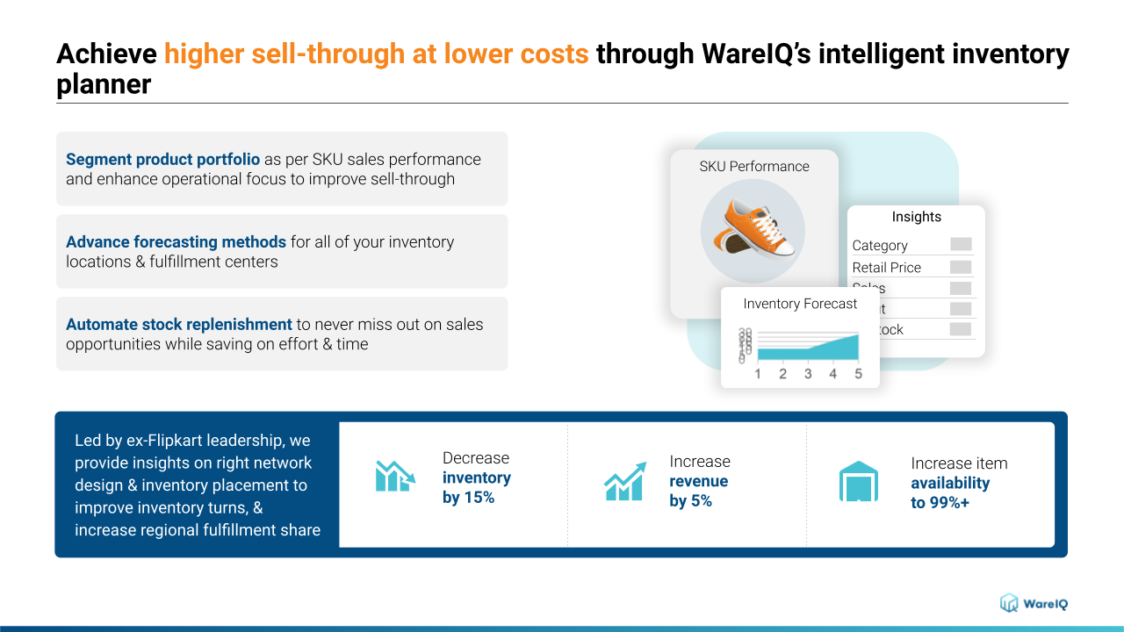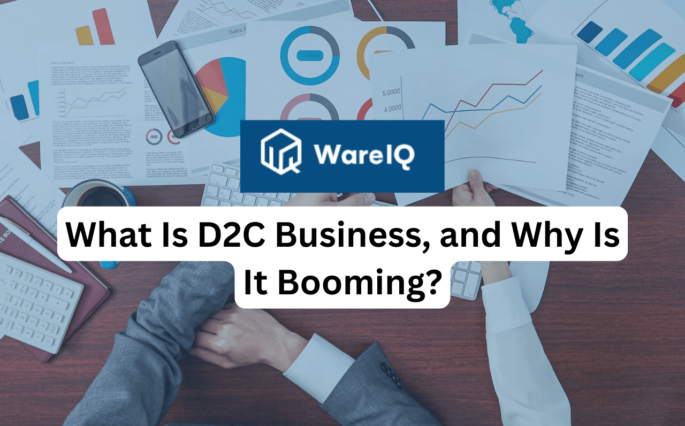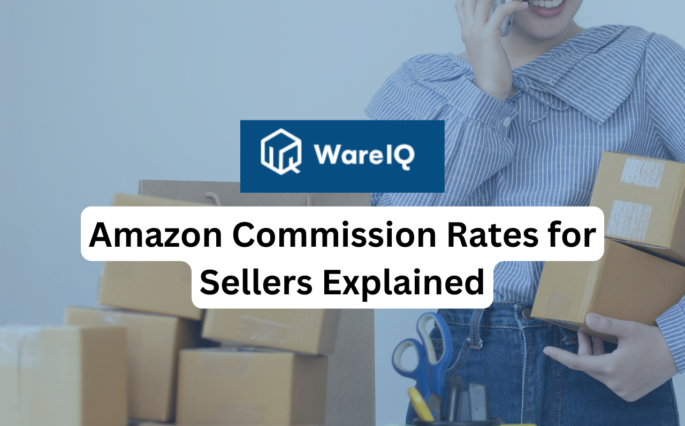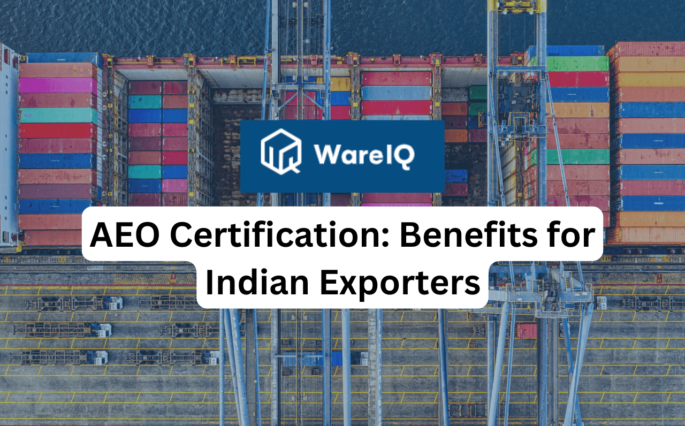Retail Distribution: Definition, Types, and Factors to Consider While Opting for a Retail Distribution Strategy in 2025

Inventory is the biggest asset for an eCommerce seller but it is not easy to order and store. There are several things to be taken care of before and after ordering products. To remain competitive in the long run, a seller will need to adopt new strategies and broaden their perspective in order to be competitive. By streamlining all their retail logistics activities and having effective distribution management, they can increase the effectiveness of their supply chain processes. As a result, for better efficiency and cost savings, you will require an optimized retail distribution plan.
Today we will learn about retail distribution including the types and considerations while choosing the right retail distribution strategy through third-party logistics.
What is Retail Distribution?
A retail distribution strategy is the process of getting goods from manufacturers to sellers or direct to customers (D2C) through a fulfillment channel. Throughout this journey, products move through many intermediaries such as wholesalers, vendors and retailers or in the case of dropshipping, directly to buyers from the manufacturers themselves without passing through a store or selling platforms.
Manufacturers, wholesalers, retailers, agents, etc. are mainly included. Choosing the correct retail distribution plan is the secret to a successful distribution process, higher revenue and long-lasting client loyalty.
WareIQ, an eCommerce fulfillment company, empowers online brands with a superior-tech platform to compete with Amazon like service levels by bringing their average delivery timelines from 5-10 days to 1-2 days.
3 Types of Retail Distribution
Intensive Retail Distribution
Companies use this retail distribution technique to widely disseminate the availability of their items so they can access the market as much as possible. Brands can accomplish this goal by distributing their goods to as many eCommerce retailers and outlets as they can. Retailers of convenience goods are particularly prone to intensive retail distribution.
For example, you can easily find glucose packets in almost all types of stores and malls.
Advantages
- Boosts product awareness
- Encourage impulse buying
- Enhances revenue
Selective Retail Distribution
Selective retail distribution falls between intensive and exclusive retail distribution. With this retail distribution approach, products are distributed to numerous places. However, it is used much less compared to intensive retail distribution.
For example, a premium watch brand like Tag Heuer may choose to sell its product to its own branded stores or other selected stores. But places like DMart or Reliance Retail cannot be seen selling Tag Heuer. The reason behind this is that such brands need to imply and maintain a high-end brand image and exclusive messaging.
Advantages
- Ensures good market coverage
- Offers more control
- Boosts customer satisfaction
Exclusive Retail Distribution
Exclusive retail distribution is distinct from intensive retail distribution. This form of retail distribution employs certain distributors who are told to sell products only in predetermined locations. Exclusive distribution is frequently used by companies that sell expensive, high-end goods. This method and a brand’s prestige image are therefore related. It aims to reach a certain niche market that is well-defined and capable of buying the product.
For example, IKEA malls usually consist of 1 or 2 locations in a city which is also on the exterior of the main town.
Advantages
- Keeps the firm focused
- Secures the manufacturer’s finances
- Facilitates localization
4 Factors to Consider While Choosing the Right Retail Distribution Strategy in 2025
Product Type
Routine, limited, and extended products are the three main categories of purchases for retail distribution. Products that are inexpensive and that consumers do not give much thought about while making purchases are considered routine purchases. When a certain brand’s product is out of stock, buyers tend to move to another one rather than visiting other places to purchase the same product, making them highly replaceable. Toothpaste and batteries are a few examples. An elaborate retail distribution strategy is advised for these commodities. Customers aren’t always loyal to particular brands, so having the products widely available and simple to get enhances the likelihood that they will be purchased.
Between routine and extensive purchases are limited purchases. The prices of these goods are often fair. Compared to a typical purchase, consumers take more time to research and compare various products. Mobile phones, washing machines and refrigerators are examples of limited purchase products. Customers consider the pricing and usefulness more carefully before making these purchases. And for these types of goods, either a selective or an intensive retail distribution strategy works best.
Extensive purchases include high-risk items like homes, auto insurance and schooling. The intensity of the buying choice also increases as an item’s price rises. For certain goods, an exclusive distribution strategy works well since it helps clients see the value in the good or service. To raise the price of each item, some brands even make fewer of these expensive goods.
Customer Demand Based on Location
Having your inventory close to your customers is an efficient approach to streamlining distribution and fulfillment, regardless of the retail distribution strategy you are already utilizing. Based on previous demand, this would include strategically distributing your product throughout various distribution hubs.
If the demand for your goods is high in one area and low in another, you might need to send out fresh orders from the distribution center that experiences less demand and has spare inventory on hand if you run out of stock in a high-demand location.
So, products need to travel for longer distances all the way to the high-demand area. Long shipping routes are required to deliver goods to the region with the high demand. This slows down the supply chain and increases shipping costs.
Instead of spending time and money delivering the products to your customers, you might be able to save time and money by strategically moving your inventory to the high-demand distribution hub. Similarly, you should provide retailers who have done really well at selling your goods with a greater amount of inventory to avoid stockouts or losing out on sales.
Inefficiencies of Distribution Strategies
Retail distribution has a lot of moving items and thus, it seems inevitable that your retail operations will have some inefficiencies. It is critical to routinely review your distribution strategy for any ineffective procedures that need to be improved upon or eliminated.
You can have a number of partners who are in charge of different aspects of your distribution process. Suppose, you have three partners. One partner manages a retail warehouse, another partner handles fulfillment and a third partner handles last-mile delivery. The rest of the supply chain encounters a delay if any one of these partners experiences an interruption to their regular business operations, which could have a substantially negative impact on your bottom line.
Instead of depending on a single partner who is capable of managing all the processes, different people might assist you in streamlining and simplifying the procedure. You should do an audit to search for ways to cut costs as well. Find the most expensive distribution steps and determine if there are any less expensive alternatives.
Since products must pass through several shipping zones before they finally reach the buyer, quick distribution of goods from a single central hub can become very expensive. Instead of using local distribution, fulfillment services can speed up deliveries while drastically reducing freight expenses. Even obstacles in your distribution process may be discovered by a thorough audit process. Suppose a warehouse is poorly organized, pickers may have a harder time finding what they need, which would slow down distribution and fulfillment procedures. You may determine what needs to be improved and how to address those bottlenecks by recognizing these problems.
Cost While Partnering With a 3PL
Every retail distribution plan has advantages and disadvantages with the associated cost. Knowing the costs can help you choose the best retail distribution strategy for your retail company and guarantee that your firm’s finances can cover the costs and any potential losses.
Extensive retail distribution strategy planning entails product availability in as many markets and retail locations as possible. It should therefore come as no surprise that raising product awareness is expensive, particularly if a company wants to sell its goods in every store. The location of the retailer may affect the prices. As a result, if you intend to use an intense distribution strategy for your retail firm, this is a crucial issue to take into account.
While it appears that selective retail distribution is less expensive than the intensive option, disagreements with distributors can result in significant losses. Because of the nature of such a retail distribution strategy, this could be costly. Companies must make sure there is enough effective communication when problems arise in order to address them all right away.
Conclusion: Optimize Retail Distribution With WareIQ
Retail distribution is an essential aspect of eCommerce fulfillment as it enables goods to be transported from the manufacturer to the seller’s fulfillment centers and eventually to their customers. To accomplish all of your retail distribution goals, you can consider partnering with WareIQ.

Using WareIQ, you can strategically split up your goods and store them in multiple fulfillment centers, located across the country. By keeping inventory closer to your customers, you can speed up delivery while saving money on freight.
We also take care of the entire range of fulfillment processes from handling the picking and packing of goods to transporting it to your customers. Orders are automatically received, processed and forwarded to the fulfillment queue in our warehouses, where the picking and packaging procedures are started. In order to keep shipping costs down, WareIQ ships your products on your behalf through well-known shipping carriers and always assigns the fastest and cheapest option for every order.
Additionally, automation through our custom Warehouse Management System streamlines and improves the efficiency of the entire B2B order fulfillment process by bringing order data and updating inventory levels in real-time, directly into the WareIQ dashboard, where it can then be analyzed and tracked.








